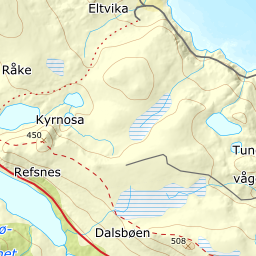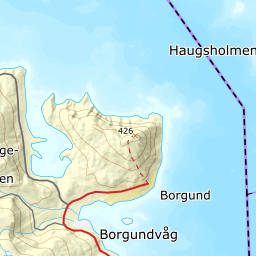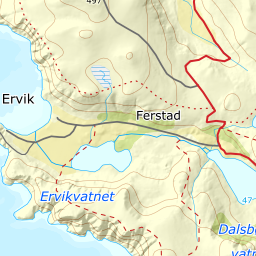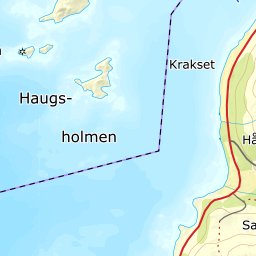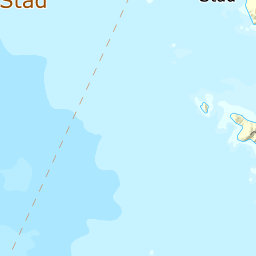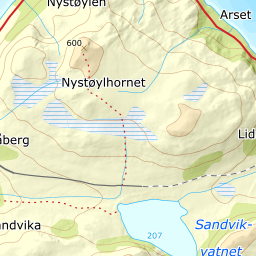Artillerigruppe Stadlandet
Den tyske hæren bygde fire kystfort i området frå Storeneset på Stadlandet og austover Rovdefjorden til Berknes. Desse kystforta var ein del av det tyske invasjonsforsvaret, og var samla underlagt artillerigruppe Stadlandet. Men også skipsleia frå Måløy og rundt Stad til Haugsholmen var utsett for allierte ubåtar og flyangrep. Difor sette den tyske marinen opp til saman 28 luftvernkanoner med kaliber frå 2 cm og opp til 10,5 cm ved skipsleia frå Måløy til Åram, og utfor Stad vart det lagt ut 782 sjøminer i fleire store sjøminefelt.
Kystfortet på Storeneset
Formålet med kystfortet var difor å sperre innløpet til Vanylvsfjorden, men også å sikre eigne skip og konvoiar i Vanylvsgapet. På neset er det restar etter stillingane til dei seks store feltkanonene, med tilhøyrande ammunisjonsrom og dekningsrom. Her står fleire grunnmurar igjen etter brakker og stillingar for mindre kanoner. Gjennom toppen av neset er det sprengt ut ein tunnel frå standplassen til 5. kanon og til ei forlegningsbrakke i andre enden. Eit stort område var inngjerda med piggtråd, og det var lagt ut 2.456 landminer. Kystfortet vart rydda og lagt ned like etter krigen. Kanonene vart selde som skrapjern, men framleis ligg bakre halvdel av kanonrøyret igjen i kanonstillingane. Kanonene var av same type som dei to som står igjen i Florø.
Fakta om kystfortet på Storeneset:
Tysk namn på fortet: HKB 38./976 Eltevik
Mannskapsstyrke: omlag 127 befal og menige soldatar
Hovedskyts: 6 franske 15,5 cm feltkanoner
Stridsklart: September 1942
Rydding av miner på Stadlandet
Det var fenrik Dagfinn Aardal frå Breim som 14. mai 1945 kom til Stadlandet for å organisere det norske vakthaldet over dei mange tyske anlegg der ute. Til saman 8.447 landminer var lagt ut i minefelt på Storeneset, Nolleneset ved Leikanger, i Borgundvåg og Borgund. Under norsk og britisk oppsyn vart minene i juli 1945 tekne opp av ein tysk minekommando. To tyskarar mista livet, og fire andre vart såra i dette arbeidet.



